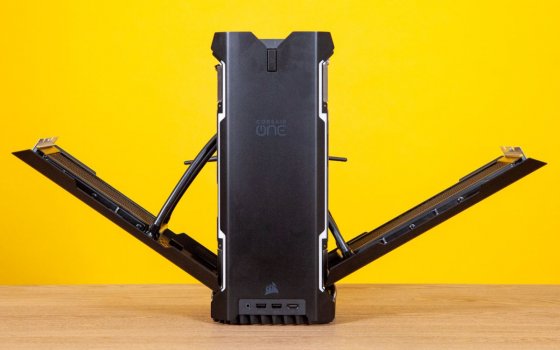Thank you so much for these tests. It helps me immensely as the most of the YouTube people are all idiots regarding their testing.
It looks like my new 16 w 32 gpu will rival or best my 7.1 w 5700 gpu. Damn.
I'm usually shooting red komodo these days.
I've been trancoding to prores 4444 though because it feels like the macs like that better. Maybe I should shoot Ari and have it prores in camera. But my DP is all about red. Meh... everytime I bring it up he talks me out of it. Lol. Probably because he owns all the red cameras and he bills for the rental.
It looks like my new 16 w 32 gpu will rival or best my 7.1 w 5700 gpu. Damn.
I'm usually shooting red komodo these days.
I've been trancoding to prores 4444 though because it feels like the macs like that better. Maybe I should shoot Ari and have it prores in camera. But my DP is all about red. Meh... everytime I bring it up he talks me out of it. Lol. Probably because he owns all the red cameras and he bills for the rental.


 and the newer tech in the m1x machines pushed it even further. I'm excited. My 16 m1max machine is coming in a couple weeks.
and the newer tech in the m1x machines pushed it even further. I'm excited. My 16 m1max machine is coming in a couple weeks. 